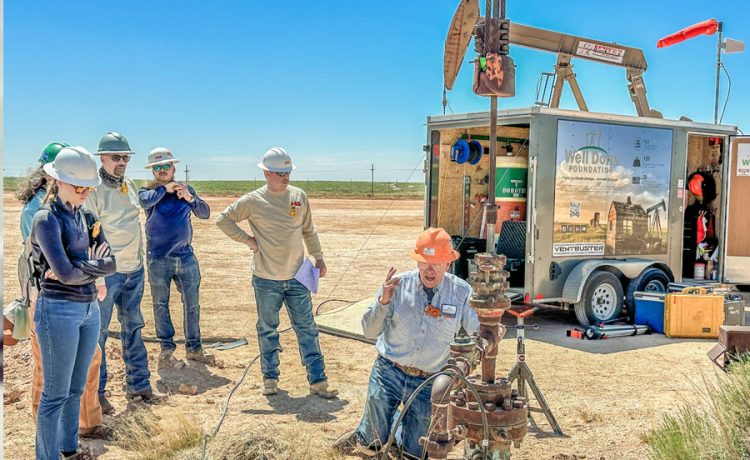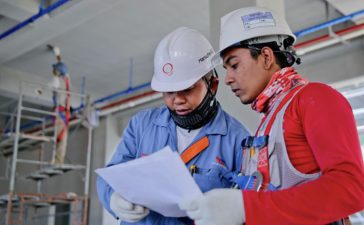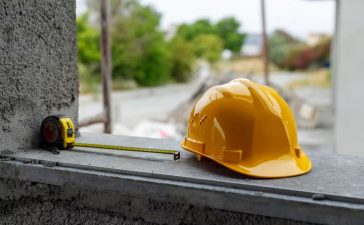Capping orphaned wells, which are abandoned oil or gas wells with no responsible party for their maintenance or decommissioning, is not just an environmental necessity but also a significant economic opportunity. These wells pose serious risks to both the environment and public health, but the efforts to seal them properly can bring substantial economic benefits to local communities. From job creation to community revitalization, orphaned well capping offers a range of positive impacts that extend far beyond environmental protection.
Job Creation and Workforce Development
One of the most direct economic benefits of orphaned well capping is the creation of jobs. The process of identifying, assessing, and capping these wells requires a diverse range of skills, including engineering, environmental science, construction, and equipment operation. As governments and private companies invest in capping programs, they generate demand for workers in these fields, leading to new employment opportunities, particularly in regions heavily impacted by the decline of the oil and gas industry.
These jobs can provide stable employment for workers who may have been displaced due to the downturn in fossil fuel extraction. Additionally, training programs focused on well capping techniques and environmental remediation can help workers transition from traditional oil and gas roles to more sustainable, future-oriented careers. This workforce development is especially valuable in rural areas where economic opportunities are often limited.
Economic Stimulus for Local Communities
The activities associated with orphaned well capping can stimulate local economies, particularly in areas that have been economically depressed by the decline of the oil and gas industry. As companies and government agencies contract local businesses for equipment, materials, and services related to well capping, money flows into these communities, supporting local businesses and generating additional economic activity.
For example, local contractors might be hired for site preparation, transportation, and equipment rental, while local suppliers could provide necessary materials like cement and steel for sealing the wells. These expenditures help boost the local economy by creating a multiplier effect, where the initial spending by capping projects leads to further economic growth as businesses and workers spend their earnings within the community.
Environmental Restoration and Property Value Improvement
Orphaned wells often leave behind contaminated land that is unsafe for residential, agricultural, or recreational use. By capping these wells and restoring the surrounding land, communities can reclaim valuable real estate that was previously unusable. This restoration can increase property values, attract new investments, and even pave the way for new development projects, such as housing, commercial enterprises, or public parks.
As the environmental hazards posed by these wells are mitigated, the land becomes safer and more attractive for potential buyers or developers, leading to increased property tax revenues for local governments. This boost in property values can have a long-term positive impact on the economic health of the community, supporting public services and infrastructure improvements.
Revitalization of Affected Communities
In addition to the direct economic benefits, capping orphaned wells can play a crucial role in the broader revitalization of communities that have been adversely affected by the decline of the oil and gas industry. Many of these communities have faced economic hardship, population decline, and environmental degradation, leading to a diminished quality of life for residents.
Efforts to cap orphaned wells and restore the environment can help reverse these trends. Cleaner, safer environments attract new residents and businesses, fostering a sense of community pride and revitalization. Additionally, these projects can improve public health by reducing exposure to harmful pollutants, further enhancing the livability of these areas.
Furthermore, the skills and infrastructure developed during well capping projects can be leveraged for other environmental and infrastructure initiatives, creating a foundation for sustained economic development and resilience in these communities.
Leveraging Federal and State Funding
In recent years, there has been growing recognition of the importance of addressing orphaned wells, leading to increased federal and state funding for capping initiatives. For example, in the United States, the Infrastructure Investment and Jobs Act allocated significant resources to orphaned well remediation, providing grants to states to identify and cap these wells.
These funding programs not only cover the costs of well capping but also incentivize economic activity in the form of grants and contracts awarded to local companies and workers. By leveraging this funding, communities can amplify the economic benefits of well capping, ensuring that the financial support translates into tangible improvements in local economies.
Conclusion
Capping orphaned wells is a critical environmental and public health initiative, but its economic benefits should not be overlooked. From creating jobs and stimulating local economies to revitalizing communities and improving property values, the efforts to seal these wells offer a wide range of positive impacts. As governments and private entities continue to invest in orphaned well capping, they not only protect the environment but also help build stronger, more resilient economies in regions that need it most. This dual benefit makes orphaned well capping a smart investment in both environmental sustainability and economic growth.













